Understanding Breast Cancer
Breast cancer is a condition where abnormal cells in one or both breasts begin to grow uncontrollably. These cells multiply rapidly and can form a lump or mass, potentially spreading to other parts of the body if left untreated.
Several factors influence the development of breast cancer, including hormonal changes, environmental exposures, and lifestyle habits. While the exact cause isn’t always clear, these elements can increase the risk.
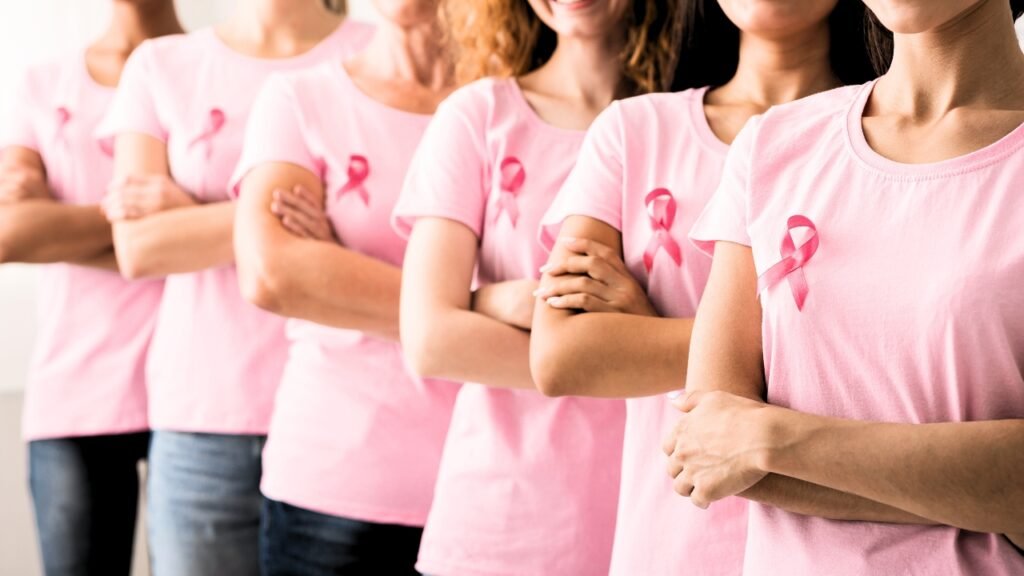
Causes and Risk Factors of Breast Cancer
Breast cancer can develop due to a mix of genetic, hormonal, lifestyle, and environmental factors. In most cases, the exact cause isn’t clearly known. However, it’s often linked to the abnormal and uncontrolled growth of cells in the breast, which can eventually form a lump or tumor.
Although a small percentage of breast cancer cases are inherited and linked to specific gene mutations (like BRCA1 or BRCA2), most arise from a complex interaction between a person’s environment and their genetic makeup.
Understanding the underlying causes is key to choosing the right approach to treatment — especially when exploring herbal or natural healing methods.
Here are some factors that may increase the chances of developing breast cancer:
Gender: Women are at much higher risk than men.
Age: The risk increases as one gets older.
Family History: Having a close relative with breast cancer can raise your risk.
Personal History: If you’ve had breast cancer before, you’re more likely to develop it again, either in the same or the opposite breast.
Certain Breast Conditions: Non-cancerous conditions like atypical hyperplasia or lobular carcinoma in situ can also increase the risk.
Radiation Exposure: Especially if exposed to radiation therapy in the chest area at a young age.
Alcohol Consumption: Regular alcohol intake has been linked to a higher risk.
Obesity: Especially after menopause, excess body weight can be a risk factor.
Hormone Therapy: Taking combined estrogen-progesterone hormone therapy during or after menopause can raise the risk.
Early Menstruation: Starting periods before age 12 increases lifetime estrogen exposure.
Late Menopause: Women who go through menopause at a later age are at greater risk.
Delayed Motherhood: Giving birth to a first child after age 30 may slightly raise the risk
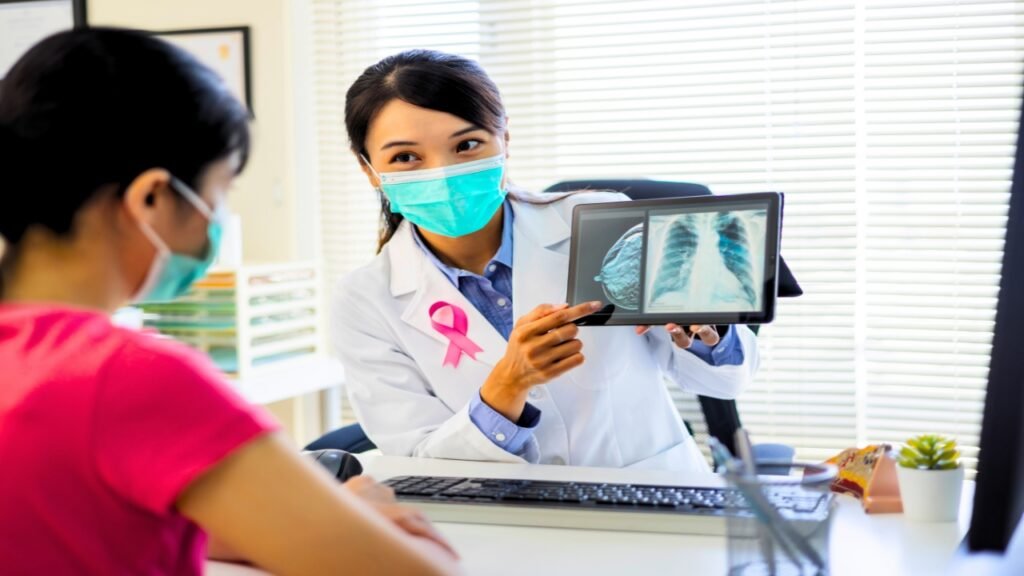
Different Types of Breast Cancer
Breast cancer is not just one disease — it includes several types, each with its own behavior, growth pattern, and treatment approach. Understanding these types helps in choosing the right treatment method, including natural or Ayurvedic options.
Main Categories of Breast Cancer
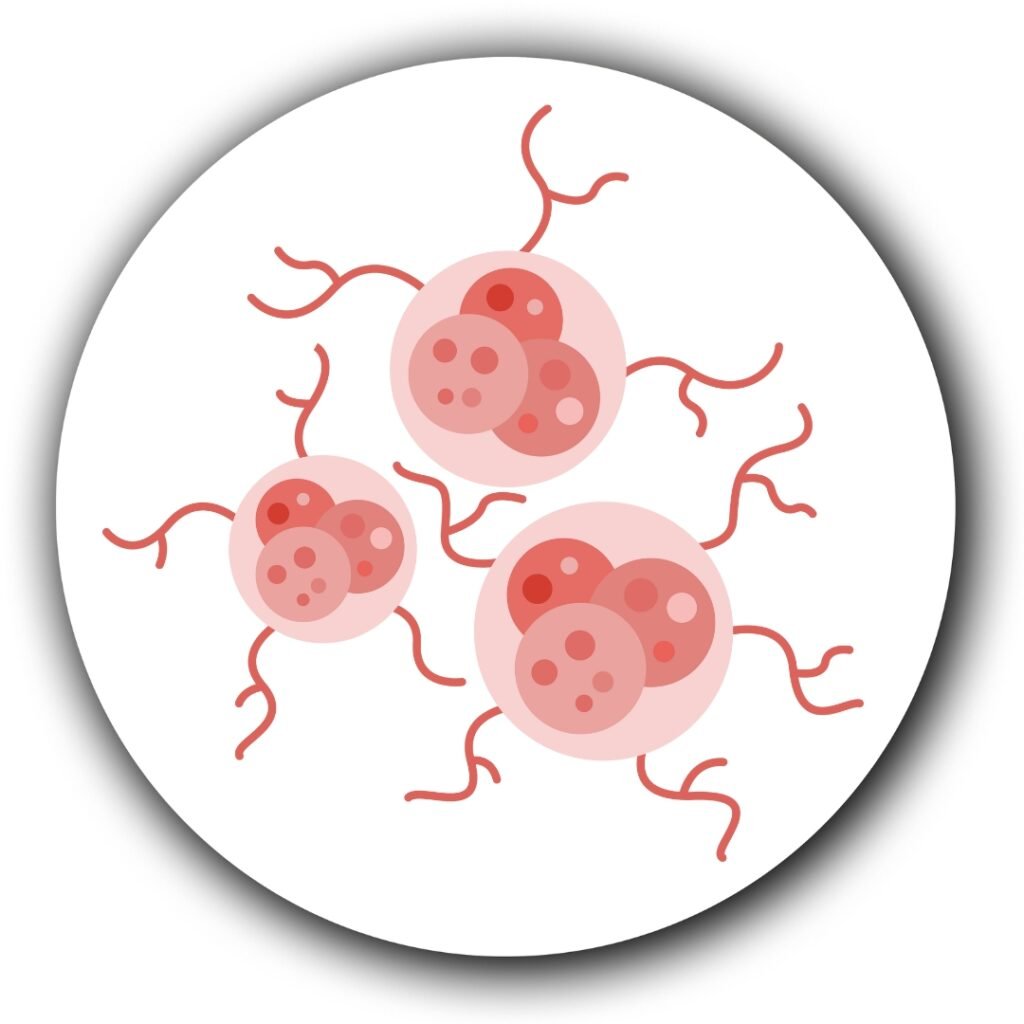
Non-Invasive (In Situ) Breast Cancer
Ductal Carcinoma in Situ (DCIS):
This is an early form of breast cancer where abnormal cells are found in the milk ducts but haven’t yet spread to nearby tissues. It’s also called intraductal carcinoma and is considered non-invasive.
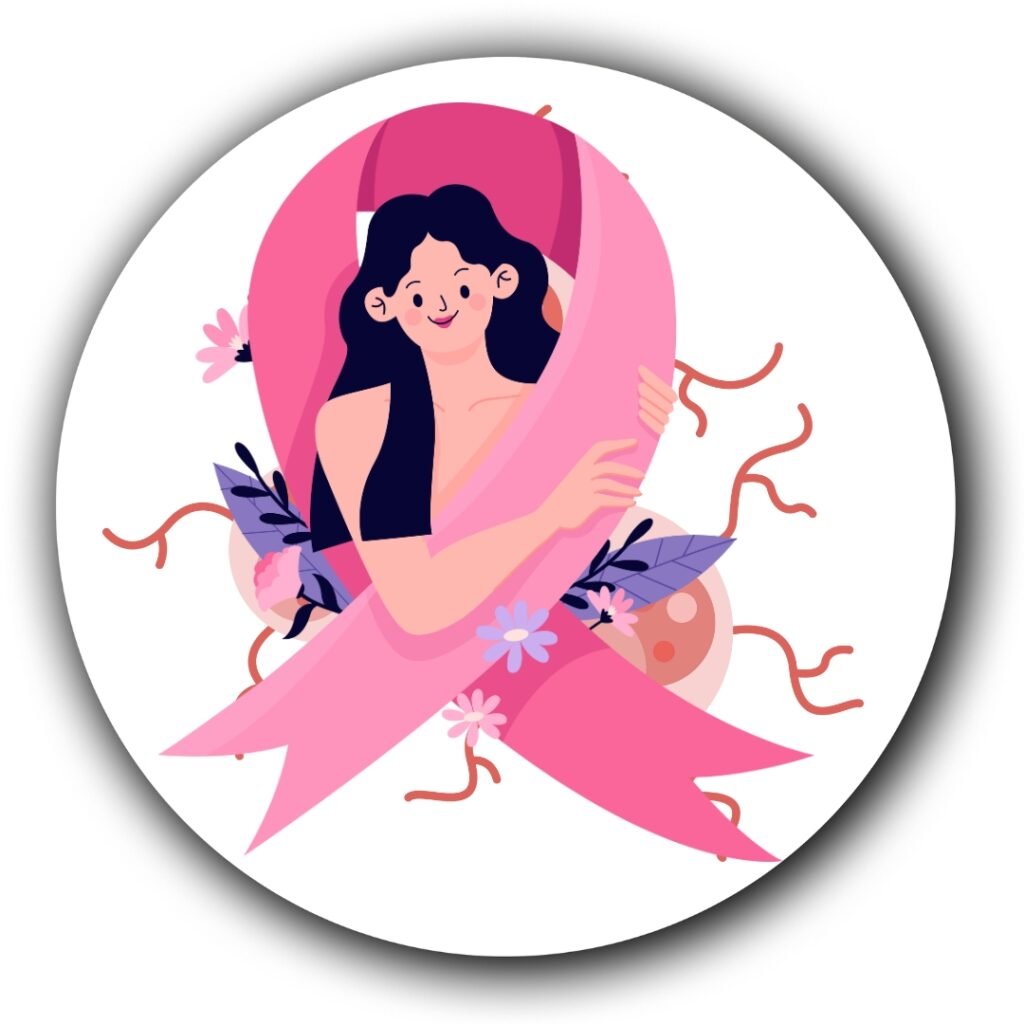
Invasive Breast Cancer
These types have spread beyond their origin and may affect nearby tissues or organs.
Invasive Ductal Carcinoma (IDC):
The most common type, IDC starts in the milk ducts and invades surrounding breast tissue.Invasive Lobular Carcinoma (ILC):
This begins in the lobules (milk-producing glands) and spreads to nearby tissue.
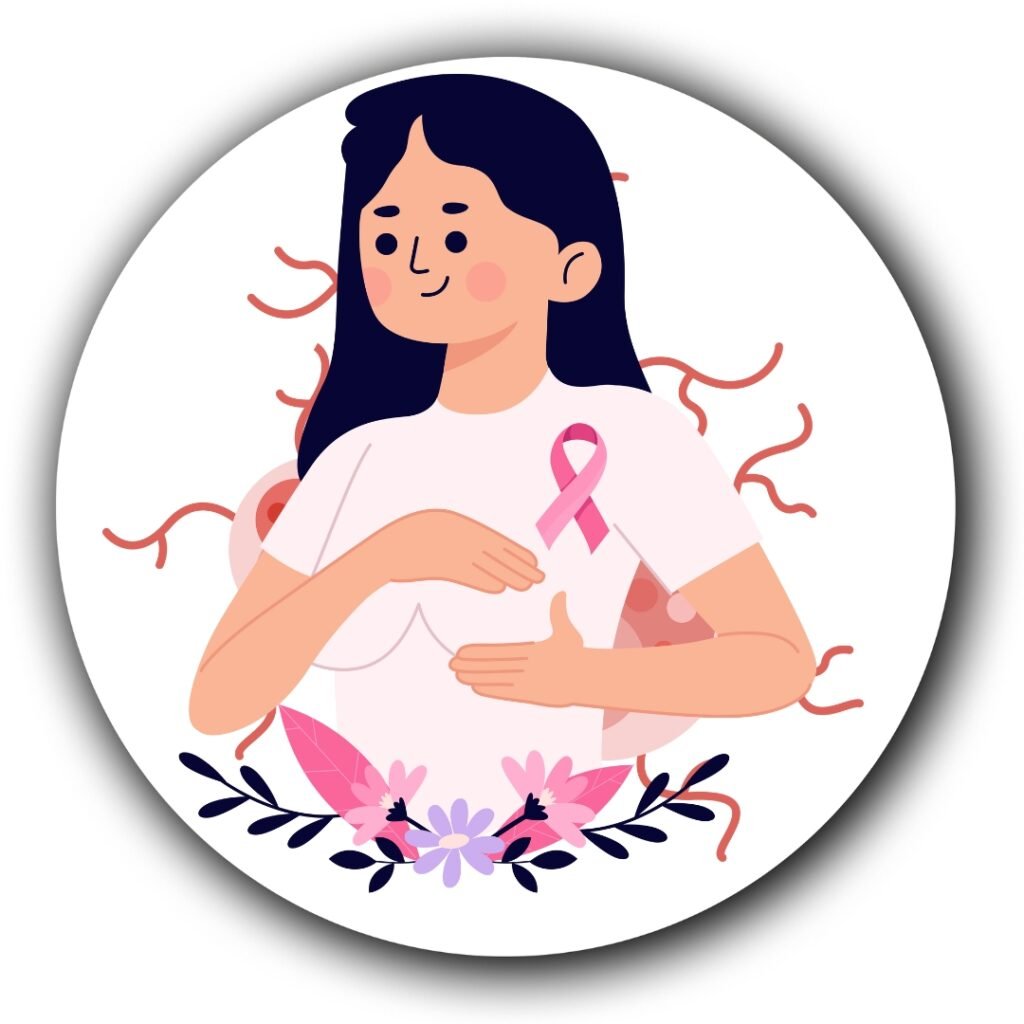
Special Types of Invasive Breast Cancer
Triple-Negative Breast Cancer:
This form lacks three common receptors (estrogen, progesterone, and HER2), making it more challenging to treat. It accounts for about 15% of all breast cancers and tends to grow quickly.Inflammatory Breast Cancer:
A rare but aggressive cancer that blocks lymph vessels in the skin of the breast, causing swelling, redness, and warmth. It progresses rapidly and requires immediate treatment.
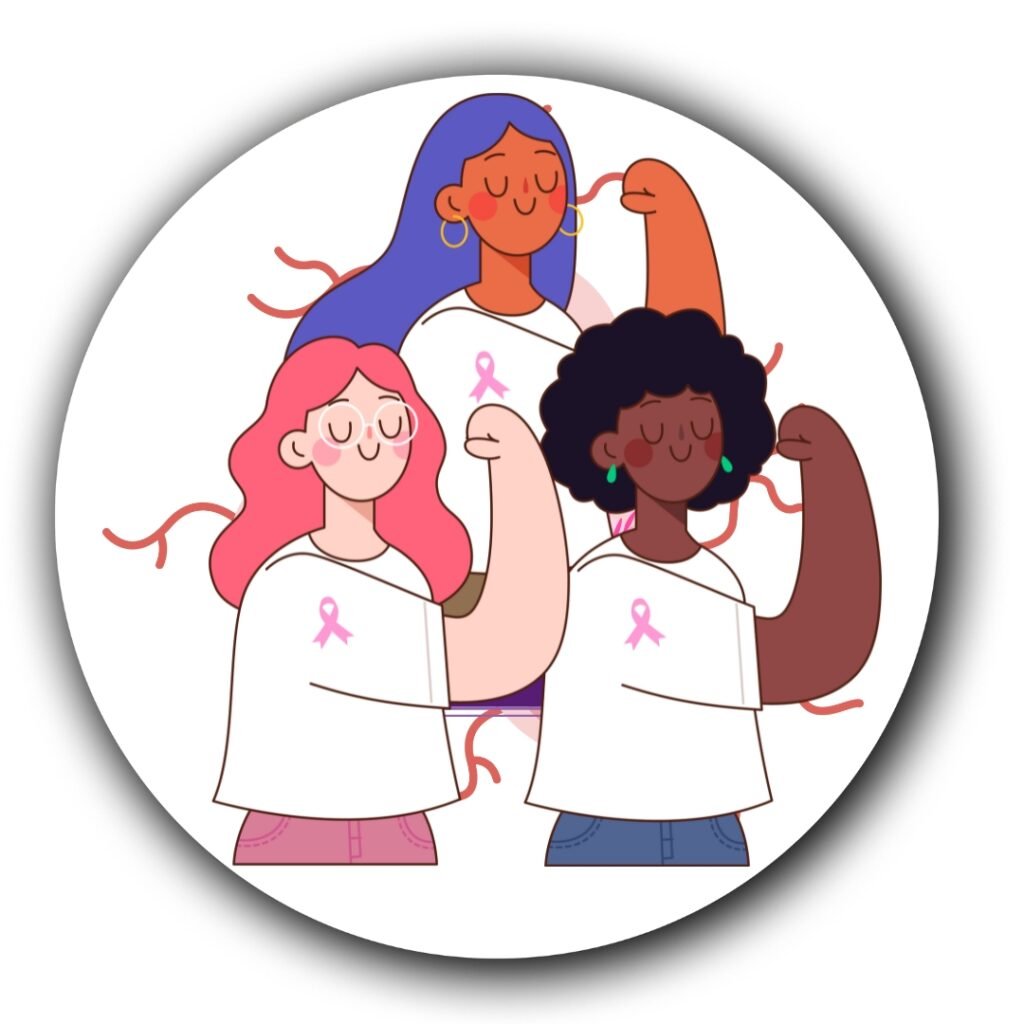
Rare and Less Common Types
Paget’s Disease of the Breast:
A rare cancer that starts in the nipple and often involves the surrounding area. It can be linked with DCIS or invasive breast cancer.Phyllodes Tumor:
A rare tumor that forms in the connective tissue (not the ducts or lobules) of the breast. It can be benign or malignant.Angiosarcoma:
An uncommon cancer that begins in the blood or lymph vessels of the breast. It can develop spontaneously or after previous radiation therapy.
Signs and Symptoms of Breast Cancer
Breast cancer can show up in different ways for different individuals. Some people notice early signs, while others may not experience any symptoms at all until the disease has progressed.
It’s important to be aware of any unusual changes in your breasts. Here are some common warning signs to look out for:
Common Symptoms
A lump or thickening in the breast or underarm area
(Often painless, but may feel firm or different from surrounding tissue.)Swelling or puffiness in all or part of the breast
(Even without feeling a lump.)Change in breast size, shape, or appearance
(Especially if it happens suddenly or in one breast only.)Inverted or pulled-in nipple
(If this is new and wasn’t your normal shape.)Nipple discharge
(Including blood, clear fluid, or milky discharge not related to breastfeeding.)Redness, scaliness, or flaking of the nipple or breast skin
(Often confused with skin irritation or eczema.)Skin dimpling or puckering
(Sometimes described as looking like an orange peel.)Persistent breast pain
(Though not always a sign of cancer, it should be checked if it doesn’t go away.)
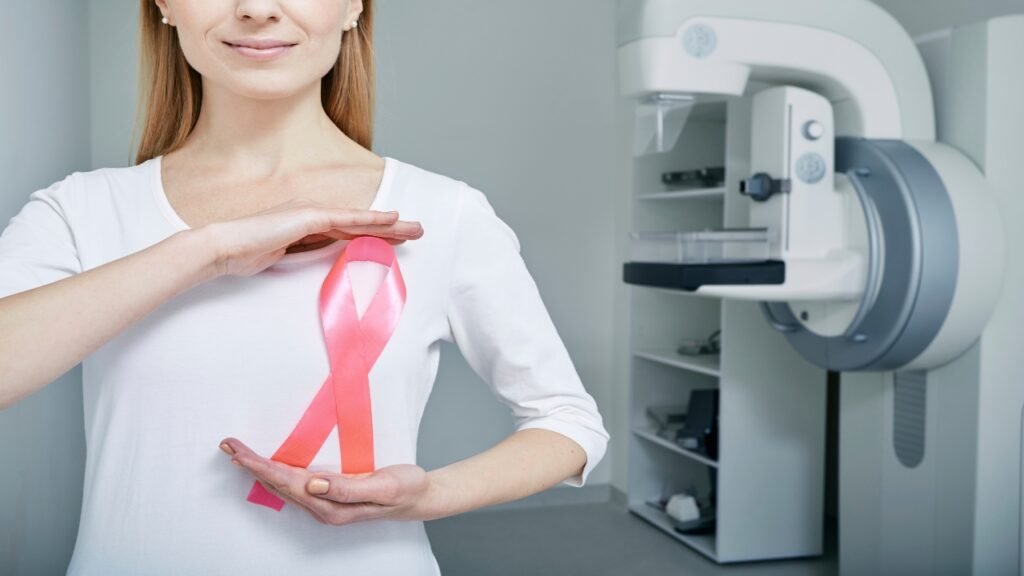
What Are the Possible Complications of Breast Cancer?
One of the most serious complications of breast cancer is its ability to spread beyond the breast — a condition known as metastatic breast cancer. This occurs when cancer cells travel through the bloodstream or lymphatic system to other parts of the body.
A New Approach to Cancer Healing
at Raghavan Cancer Care
At Raghavan Cancer Care, treatment goes beyond just managing cancer — it’s a complete journey toward physical, emotional, and spiritual wellness.
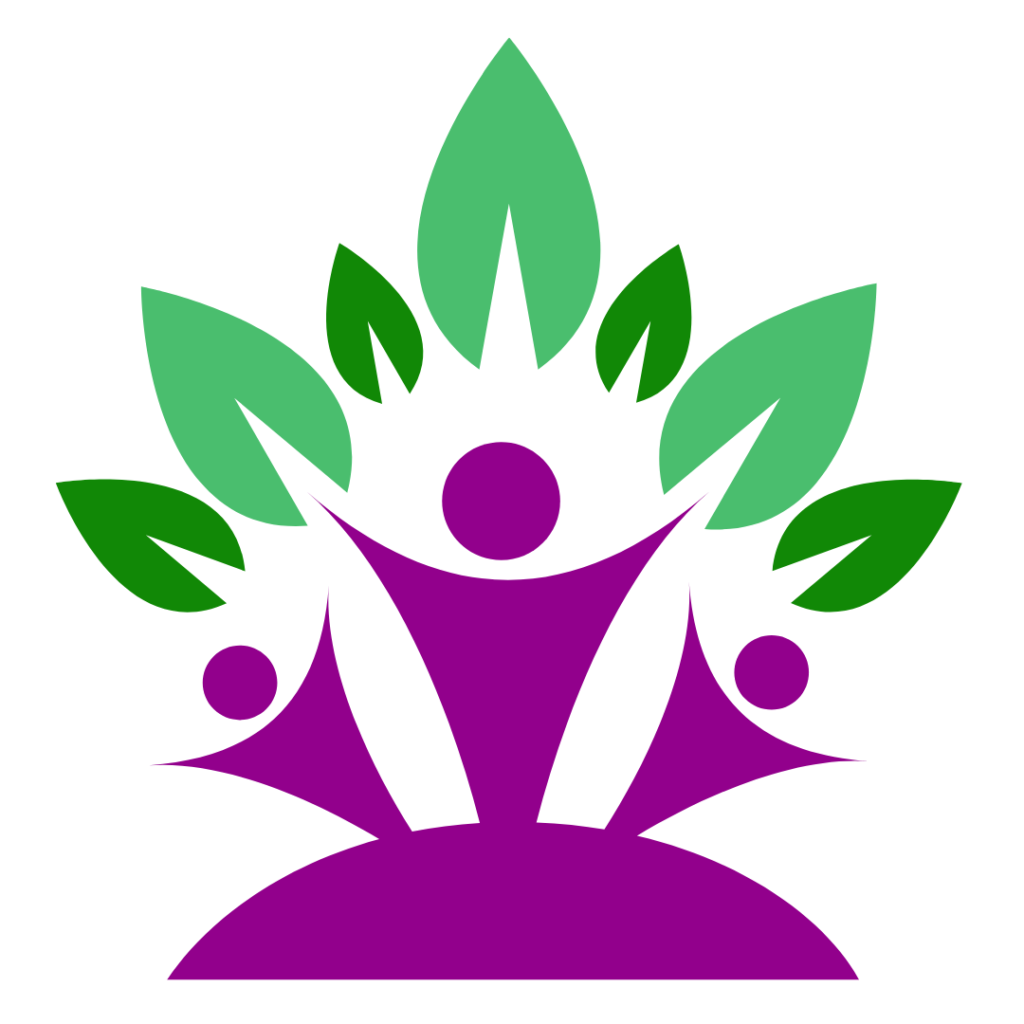
Metabolic Healing
Dr. Raghavan follows a powerful method inspired by Dr. Thomas Seyfried, focusing on the unique way cancer cells use energy. By supporting the body through special approaches like a ketogenic diet, this method offers a fresh direction in cancer care rooted in metabolic understanding.
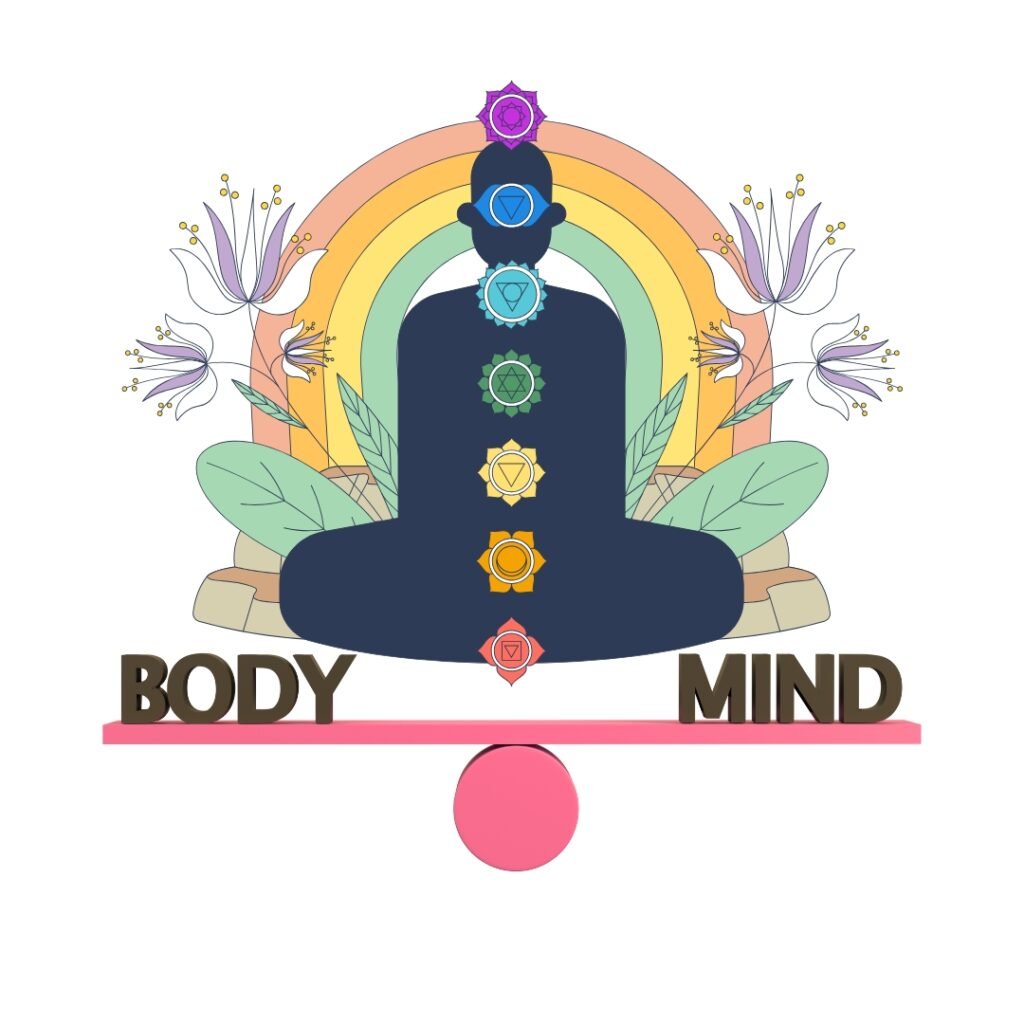
Mind-Body Balance
Taking inspiration from Dr. Joseph Mercola, our care also emphasizes the deep link between the mind, body, and spirit. At Raghavan Cancer Care, we believe that emotional and spiritual support is just as important as physical treatment in the healing process.
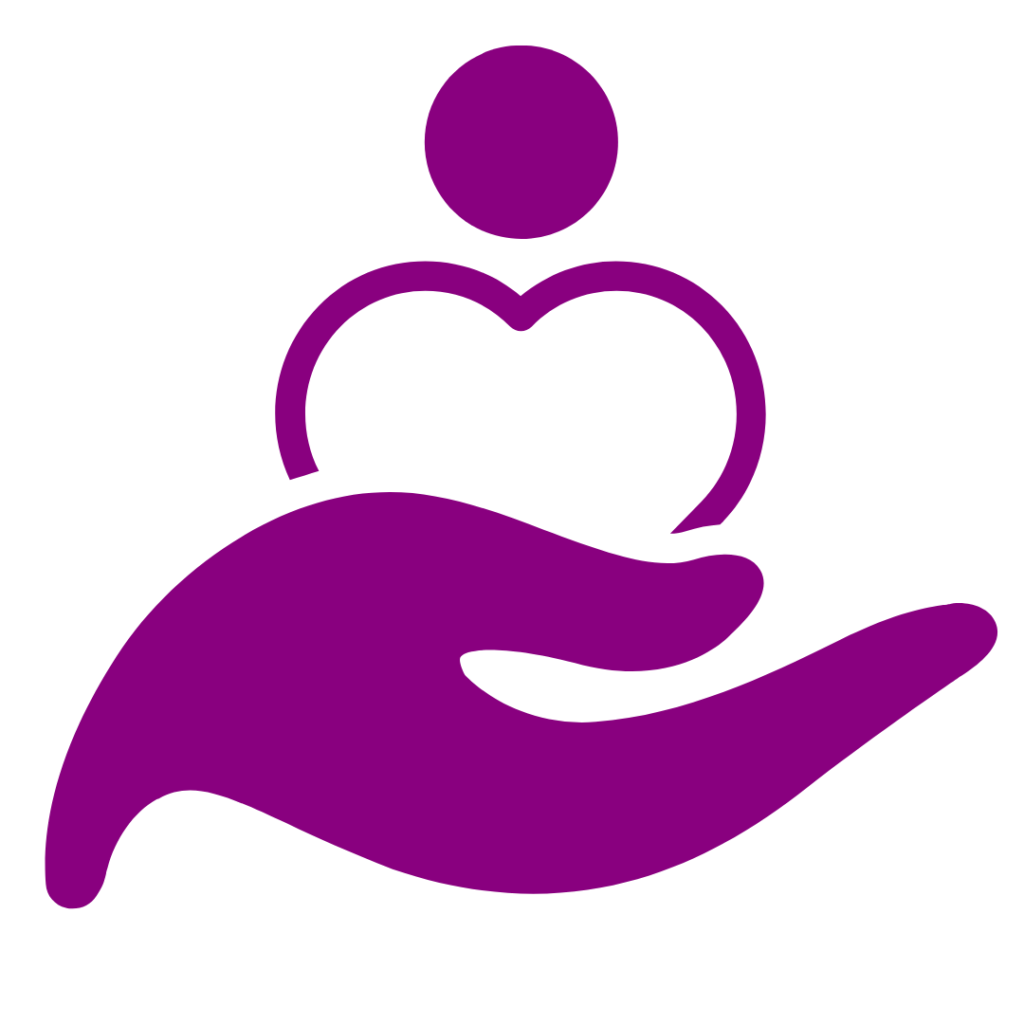
Food as Medicine
Dr. Wallach’s nutritional guidance has shaped our strong focus on diet. We promote clean, nutrient-rich meals and personalized nutrition plans to help strengthen the body and support recovery naturally.
